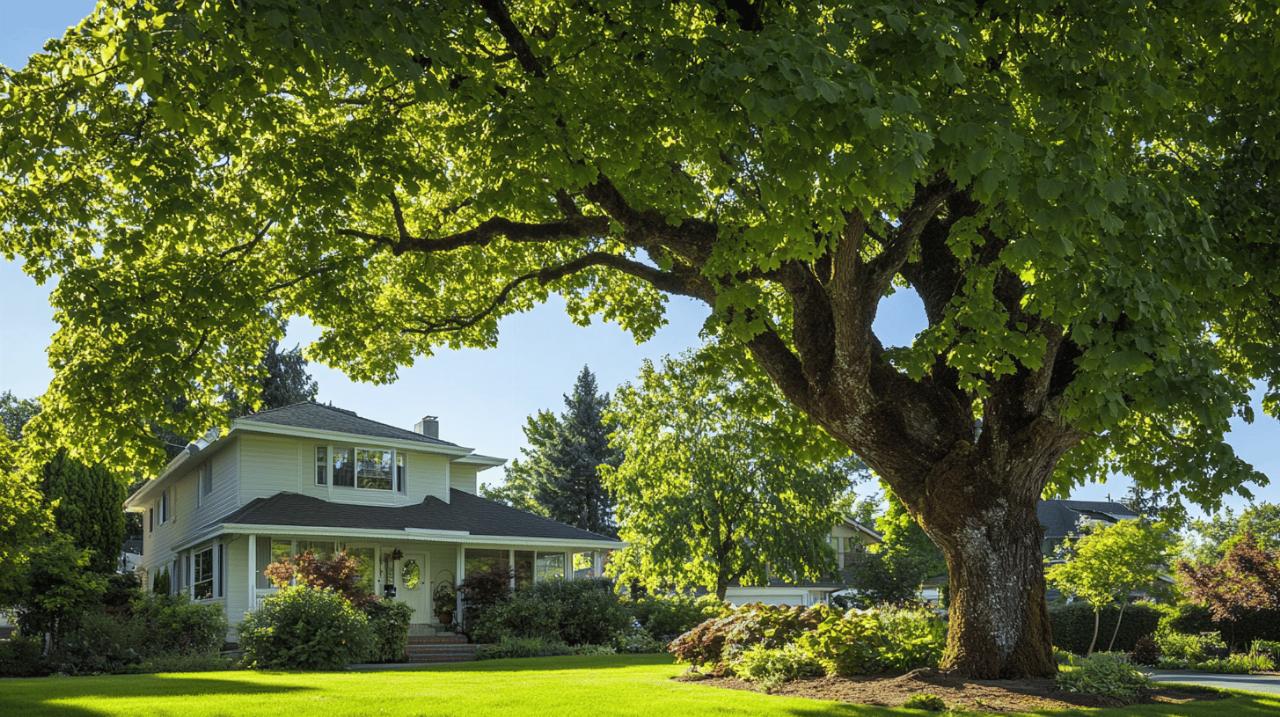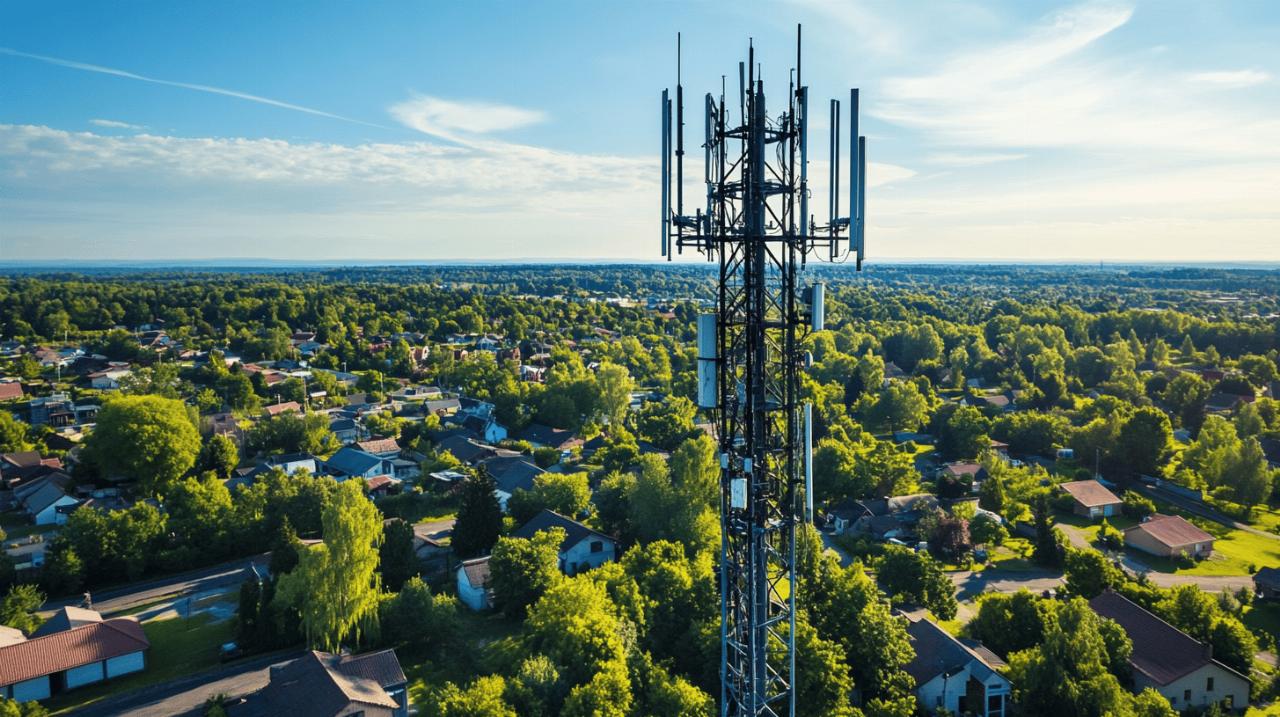Garden maintenance disputes are among the most common sources of friction between landlords and tenants in British rental properties. When autumn leaves begin to fall or spring growth becomes unruly, the question inevitably arises: who's responsible for trimming those trees? Understanding these responsibilities is crucial for maintaining harmonious landlord-tenant relationships and preventing potential deposit disputes down the line.
Legal responsibilities in residential tenancies
Standard obligations for property maintenance
In the United Kingdom, landlords generally bear the primary responsibility for maintaining the overall structure and exterior of the property, including gardens and trees. This obligation stems from the Landlord and Tenant Act 1985, which outlines the legal framework governing rental properties. Section 11 of this Act specifically addresses maintenance responsibilities, though there has been some debate about whether trees fall strictly under the definition of the dwelling's structure. The general principle is that landlords must ensure their properties remain safe and fit for habitation throughout the tenancy period.
Safety requirements and tree management
Safety considerations often become the deciding factor in determining responsibility for tree maintenance. Trees that pose potential hazards – whether through overgrown branches that might fall, roots that could damage foundations, or trees diseased to the point of instability – typically fall under the landlord's maintenance obligations. Professional tree work requires specialist knowledge, equipment, and often insurance that most tenants simply do not possess. Garden maintenance disputes feature among the top five reasons for deposit deductions according to the Tenancy Deposit Scheme, highlighting how important clear guidelines are in this area.
Tenancy agreements and garden maintenance clauses
Common contractual terms for garden upkeep
A well-crafted tenancy agreement should explicitly outline garden maintenance responsibilities. Typically, tenants are expected to handle routine garden upkeep such as mowing lawns, weeding flowerbeds, removing litter, and pruning low-growing shrubs. Meanwhile, landlords generally retain responsibility for more complex tasks including tree pruning, tall hedge trimming, fence repairs, and addressing issues requiring professional expertise. Some landlords provide gardening equipment to encourage tenants to maintain outdoor spaces properly, though any power tools must meet safety standards including RCD protection.
Interpreting your lease regarding tree care
When examining your tenancy agreement regarding tree maintenance, look for specific clauses addressing garden upkeep. Some agreements may transfer certain maintenance responsibilities to tenants, but these must be reasonable and clearly stated. If the agreement is silent or ambiguous about tree trimming specifically, the default position tends to favor the landlord assuming responsibility, especially for larger trees requiring professional attention. Some landlords include detailed garden maintenance schedules as appendices to the main agreement, which can help clarify expectations for both parties throughout the tenancy.
Practical implications for tenants
Deposit considerations and garden condition
Tenants should be aware that the condition of the garden at the end of the tenancy can significantly impact deposit returns. Taking dated photographs during the initial inventory and check-in process provides valuable evidence of the garden's original condition. This documentation should account for seasonal changes, as a garden viewed in winter will naturally look different in summer. The Tenancy Deposit Scheme advises tenants to thoroughly document the garden condition at the beginning of the tenancy and maintain regular communication with landlords about any garden maintenance concerns that arise during occupation.
Seeking permission before major garden changes
Any significant alterations to the garden, including tree removal, planting new trees, or redesigning landscaped areas, require written consent from the landlord. Even when tenants have good intentions to improve the property, unauthorized changes can lead to disputes and potential deductions from deposits. For tenants who enjoy gardening, temporary improvements such as container plants or removable features offer a way to personalize outdoor spaces without permanent alterations. Maintaining open communication with landlords about garden plans can prevent misunderstandings and foster a more collaborative approach to property care.
Resolving tree maintenance disputes
Effective communication between parties
Clear communication remains the cornerstone of preventing and resolving garden maintenance disputes. When issues concerning tree trimming arise, tenants should document their concerns in writing, perhaps including photographs of the areas requiring attention. Some landlords may be willing to share costs or make arrangements as a goodwill gesture, especially to retain reliable tenants. For landlords with multiple properties, hiring a professional gardener at around £20 per hour might prove cost-effective compared to dealing with potential disputes or property damage from neglected garden maintenance.
Documentation and record-keeping best practices
Maintaining comprehensive records is essential for both landlords and tenants when addressing garden maintenance responsibilities. Detailed inventory reports with dated photographs of the garden should be created at the beginning and end of each tenancy. Regular property inspections, conducted with proper notice (at least 48 hours in the UK), allow landlords to identify and address garden maintenance issues before they become significant problems. All communications regarding tree maintenance should be documented in writing, creating a clear record that can be referenced if disputes arise. Some landlords also consider including garden maintenance in their landlord insurance policies, which can cover damage to landscaped gardens and gardening equipment.
Seasonal considerations in garden maintenance
Garden maintenance in British rental properties can become rather complex when the seasons change, particularly regarding tree care. For both landlords and tenants, understanding who bears responsibility for tasks like tree trimming is essential to maintain harmonious tenancies and well-kept outdoor spaces.
The tenancy agreement should be the first point of reference when determining garden maintenance duties. Whilst landlords typically hold primary responsibility for structural elements and safety matters, including tree trimming, some agreements may delegate certain garden tasks to tenants. This allocation of duties must be crystal clear to avoid disputes that might affect the tenant's deposit at the end of the tenancy.
Garden-related disputes rank among the top five reasons for deposit deductions in the UK, highlighting why clarity on this matter is paramount. When specific responsibilities aren't explicitly stated, general principles apply: tenants usually handle routine maintenance like mowing and weeding, while landlords take care of more complex tasks such as tree pruning and tall hedge trimming.
Managing tree care throughout the british seasons
Tree maintenance requirements fluctuate significantly with Britain's seasonal changes. Winter dormancy presents an ideal time for major pruning work on deciduous trees, whilst spring might necessitate light maintenance to remove storm-damaged branches. Summer often requires monitoring for signs of disease or pest infestation, and autumn brings leaf clearing responsibilities.
Safety considerations become particularly important during autumn and winter storms. Trees that pose risks due to dead branches or structural weakness are squarely the landlord's responsibility to address. The Landlord and Tenant Act 1985 places obligations on landlords to maintain the property's structure, which extends to ensuring trees don't threaten safety or property integrity.
For fruit trees like apple trees, which require specific seasonal pruning for optimal fruit production, the question of responsibility becomes more nuanced. Unless explicitly stated in the tenancy agreement that the tenant should maintain fruit trees, this task typically falls to the landlord, particularly as improper pruning can damage these valuable garden assets.
Garden maintenance equipment provision can influence responsibility allocation. If landlords provide proper tools that meet safety standards (including RCD protection for power tools), tenants may be reasonably expected to undertake more garden tasks. Without such provisions, tenants cannot be expected to trim trees or tall hedges that require specialist equipment.
Creating a shared maintenance calendar
A practical approach to managing seasonal garden maintenance is establishing a shared calendar that clearly outlines which tasks fall to each party throughout the year. This collaborative tool can help prevent misunderstandings and ensure the garden remains in good nick regardless of seasonal changes.
For landlords, scheduling professional tree care at appropriate times of year demonstrates commitment to property maintenance whilst potentially reducing costs by addressing issues before they become problematic. Regular property inspections, with the requisite 48 hours' notice, allow landlords to monitor garden conditions across seasons and address emerging concerns promptly.
Tenants benefit from understanding exactly what garden maintenance tasks they're responsible for each season. The shared calendar might indicate that tenants handle grass cutting during growing months whilst noting that autumn leaf clearing from gutters remains the landlord's domain. This clarity helps tenants fulfil their obligation to return the garden in the same condition as at the start of the tenancy, accounting for natural seasonal variations.
When creating this calendar, landlords might consider offering periodic garden equipment servicing to ensure tools remain safe and effective. For portfolio landlords, arranging a gardener for seasonal heavy maintenance tasks, at approximately £20 per hour, may prove more cost-effective than dealing with disputes or garden restoration at tenancy end.
Documentation remains vital regardless of the maintenance arrangement. Detailed inventory reports with dated photos of the garden at check-in provide an essential reference point. Both parties should attend check-in and check-out to agree on the garden's condition, accounting for seasonal differences between these assessments.





